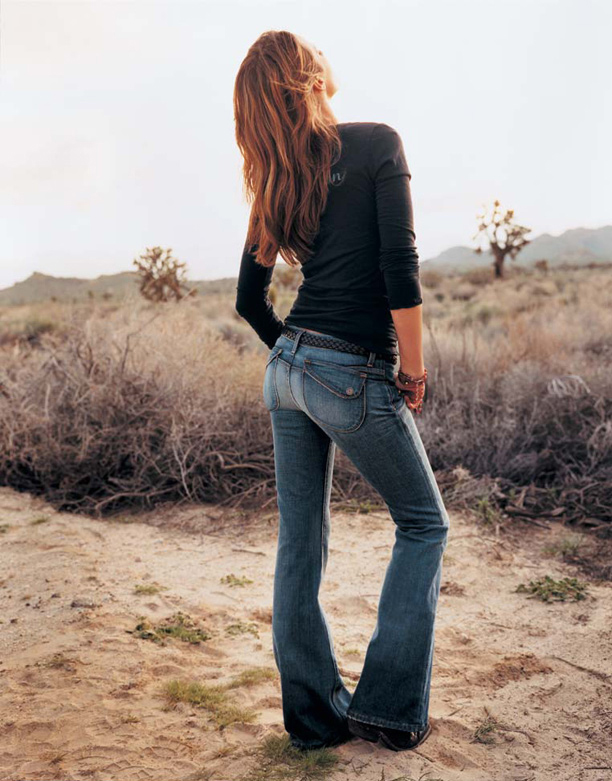If you like blue jeans, well, I think you're really a lazy dresser, but you are at least not alone historically. Since the Middle Ages, blue has also been the color worn by nobility.
For kings, the dye was made from a plant that had to be imported from India (and used since around 2500 BC) - Indigo, cleverly called that because it is an extract of the Indigo plant. But some dyes for lesser men were also made from a European plant since the 13th century, Dyers Woad (Isatis tinctoria L. Family: Brassicaceae (Cruciferae)), which grows as a winter annual, biennial or short-lived perennial. The process is also different; Indian indigo color was made from Indigo flowers in a somewhat elaborate process (see next paragraph) while Dyers Woad color blue comes from Indigotine, produced by fermenting its leaves.
Indigo, which you know if you are something of a color expert, is a deeper blue so it had more cachet if you had the cabbage to import it from India; and you could stand the thought of wearing clothes that had been colored using a mixture of plants, water, potash and ... urine. That's right, urine.
Naturally, the race would be on to make it synthetically rather than have peasants peeing in vats of dye - and so it was, though I don't know that there have been any books written about it. It sounds like one of those fascinating applied research efforts that would make a good movie. In 1897 BASF won the race and hit the market with a synthetically produced version of Indigo.
Listen here if you want an eerily game show-ish rendition of blue dyeing by Jeff, the Chemical Reporter, at BASF.
So 'royal blue' became popular even with we peasants, though we no longer get to say we pissed on the royal family.
It isn't over yet. To get your blue jeans to actually be blue you need both reduction from peeing and oxidation, namely letting it dry out. Rather than urine and potash(potassium carbonate - yes, Canada leads the world in production of something, namely this) people use various forms of salt and various forms of soda (there has also been research on using organic salt - sodium edate - rather than inorganic salts in nastier forms of dyeing) but what salt you use is part of the magic - and argument, if you take your dye that seriously. It's also a trade secret for commercial manufacturers - like the Colonel's secret recipe, Levi's does not disclose how they dye their jeans (we know there is sulfur, though).
If you're an aging hipster and do your own tie-dyeing, you won't need salt at all, but otherwise a non-iodized pickling salt will do just fine.
It won't look blue, it will look yellow (that's not the urine, though) but after the oxidation it will become blue just fine. And your butt will magically look like this.






Comments